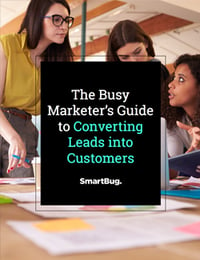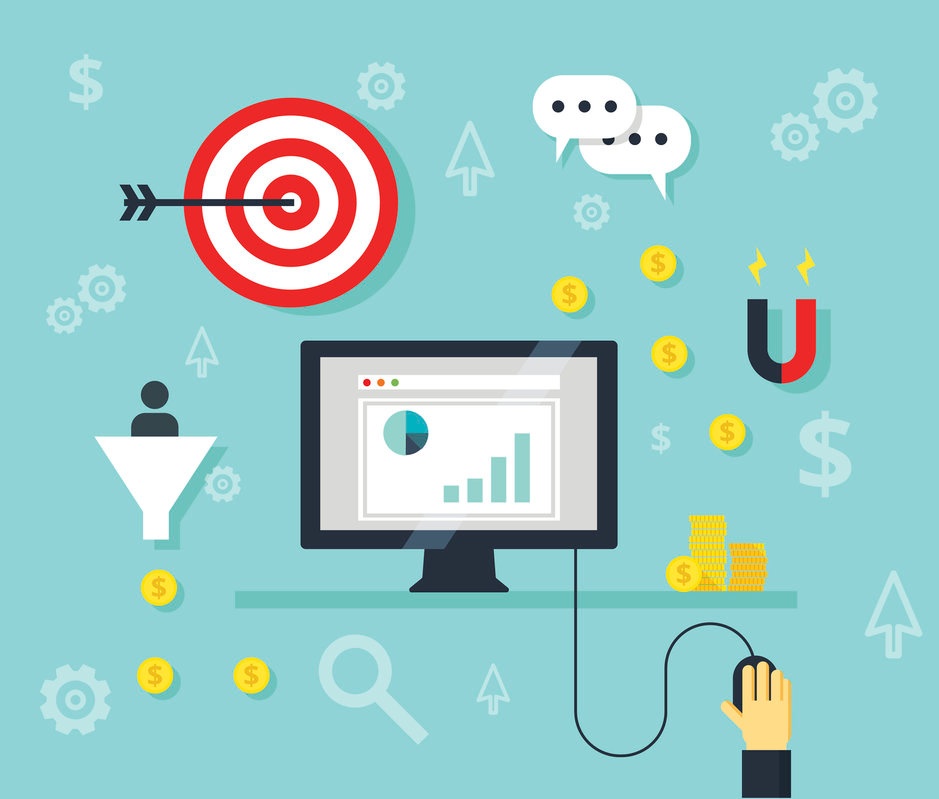
5 Paid Facebook Campaign Ideas to Increase Lead Conversion
February 28, 2017
By Mike Wolfe
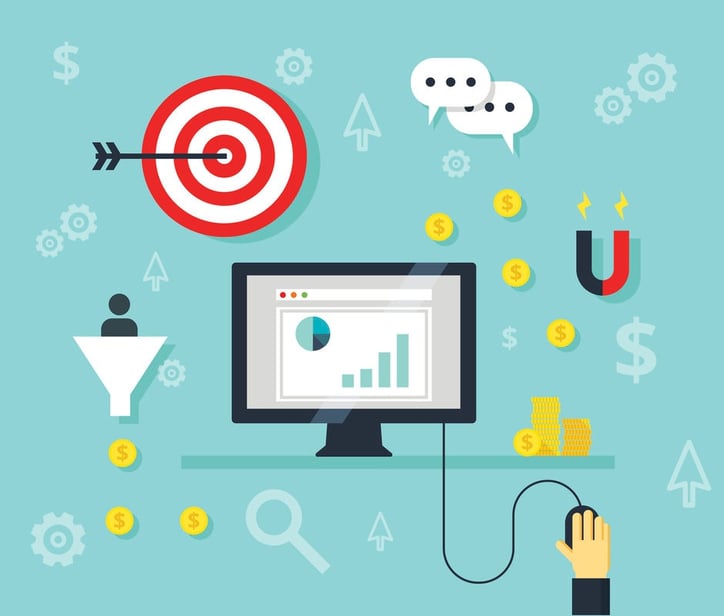
Are you looking for new ways to increase lead conversion? Why not turn to the largest network of individuals in the world? With 1.79 billion users, Facebook is ripe with opportunity when it comes to generating more leads. Supplementing an inbound marketing strategy with paid Facebook campaigns can accelerate results and round out your marketing mix.
Why Use Facebook Ads for Lead Conversion?
Other than the fact that Facebook is now bigger than the largest country on earth—which means there’s a good chance your customers use it—there are several reasons why it’s a great platform for lead generation and conversion:
- You can target ads based on demographics, locations, interests, device types, behaviors, and other criteria.
- You can choose from a wide variety of ad types and layouts (Facebook’s Ads Guide).
- You can set spend limits to control costs.
- You can test and optimize your ads with Facebook’s ad reporting—and now HubSpot integration.
Related Content: Social Media Strategy for Small Business
It’s no wonder why the majority of social marketers choose Facebook for paid advertising. Want some ideas on how to start leveraging this platform for lead conversion? Here’s a list of paid Facebook campaign ideas to get you up and running:
1. Promote Downloadable Content Offers
For inbound marketers, the goal of downloadable content offers is to attract visitors and convert them into leads by using helpful information that is relevant to their problems. When you create amazing content that helps your audience identify and solve their problems, sometimes you need a little promotional push before you can really begin to attract visitors and drive leads from that offer.
First, optimize your landing page so that incoming traffic is more likely to convert on the offer. (Tips on how to optimize your landing pages here.) Then, create a Facebook ad that coincides with the offer—using the similar copy and calls to action.
Example:
Train Heroic, which provides strength and conditioning software for coaches, promotes its ebook The Athlete Motivation Manifesto.
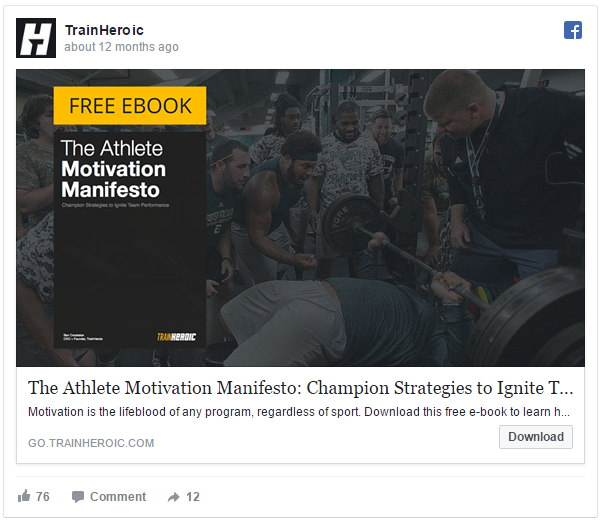
2. Leverage Best-Performing Blog Articles
Take a look at your blog performance over time and identify the articles that have the highest CTA conversion rates—making sure the articles have enough views to validate good performance. When posts are performing well with a decent amount of traffic, you can leverage them with a little extra promotion to get more views—ultimately leading to more conversions.
Sort your blog articles first by CTA click-through rate and second by the total views. Some of your more popular articles, and particularly ones with significantly higher click-through rates could be a great to build an ad campaign around.
3. Share Compelling Videos
There’s a reason more than 70 percent of marketers plan to increase their use of video ads next year. Videos can be quick-hitting and make a powerful impression. Whether your aim is B2B or B2C, your product or service solves a problem for a specific audience that can likely be summarized in a brief 1-2 minute explainer video.
Do you have an explainer video or quick demo that would make your audience want to learn more? Use Facebook to get that video in front of your targeted audience. Build a Facebook ad campaign around it, and link to a targeted landing page where visitors who want to learn or see more can sign up.
Examples:
The Black Tux, a home delivery service for suit and tuxedo rentals, promotes a short explainer video to explain how its service works. The post also includes a call to action to sign up.
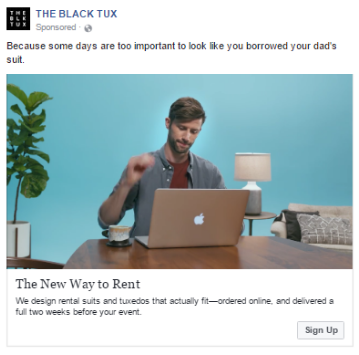
Canary, a security system device manufacturer, promotes a short video showcasing its main product—a complete security system in one device.
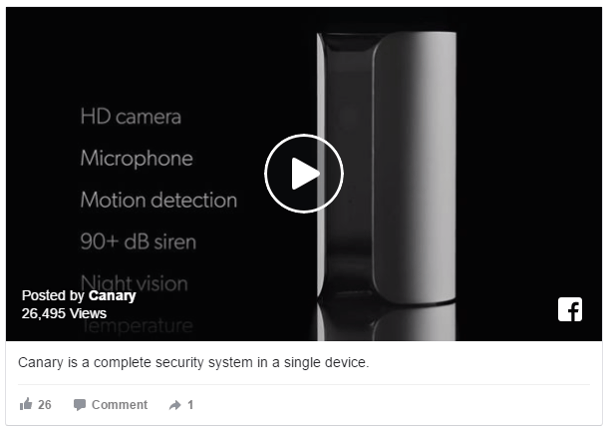
4. Offer Special Trials, Deals, and Promotions
By promoting posts, marketers can cut through other content and noise on Facebook and get in front of their targeted audience. However, that doesn’t guarantee you’ve earned the audience's attention long enough to make an impression. Some even say that humans—your audience—now have a shorter attention span than a goldfish. Savvy marketers find ways to optimize this short window of opportunity by promoting ads that showcase value right away and create urgency with headlines and copy.
With a brief teaser of your product or service and a solid value proposition, special trials, deals, and promotions could seal the deal—providing just enough to entice readers into visiting your website and converting.
Examples:
Hotjar, a website heatmapping solution, promotes a product teaser with a free trial as the call to action.
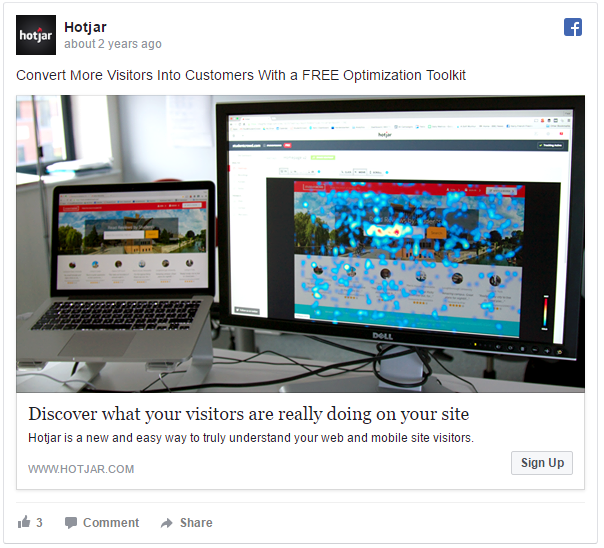
Asana, a work-tracking web and mobile application, also promotes a product teaser and is free for teams of 15. Its ad includes a call to action for signing up.
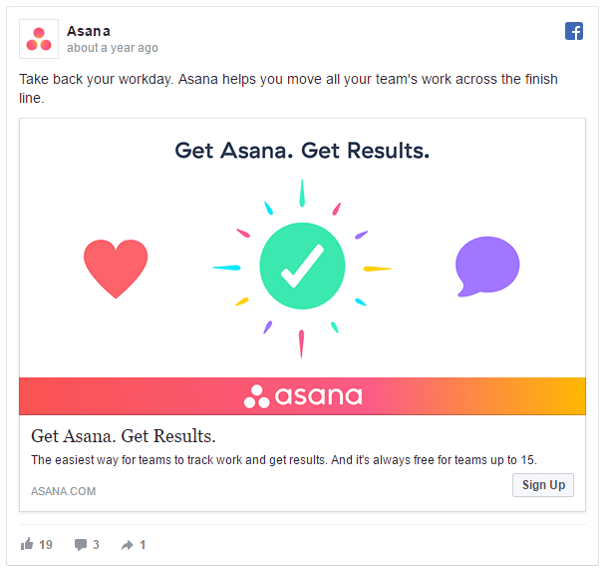
5. Build Buzz Around Upcoming Events
Live events can be great opportunities for lead generation and conversion. Whether they’re in-person events such as conferences, tradeshows, classes, or speaking engagements, or online events such as webinars, hangouts, or live chats, you can use a paid Facebook campaign to build hype and increase attendance.
Do you have any live events coming up that typically drive leads? Boost attendance by promoting aspects, such as topics, special guest speakers, and key takeaways, that would appeal to your audience. Don’t forget links for them to sign up.
Example:
Hootsuite, a social media automation and dashboard product, promotes its free webinar on The State of Social in 2017. The webinar will help Hootsuite’s audience focus their social media strategy—which is a direct tie to the value of Hootsuite’s solution.
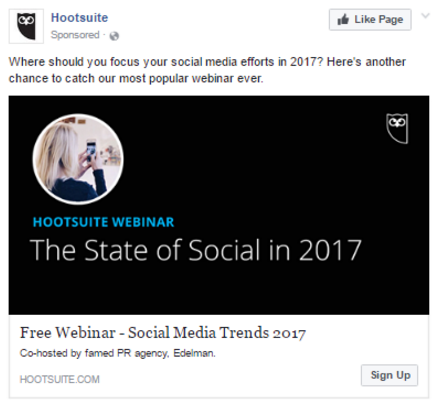
Tips for Success
Ideas that work for some don’t necessarily work for all. Before diving into—or diving further into—paid Facebook campaigns, consider your personas and how they view, use, and interact on Facebook. Keep in mind that even though your audience may be on Facebook, they may not be actively looking for goods or services. That said, Facebook campaigns can still be effective as long as best practices are followed.
Here are a few general best practices that you might find helpful:
- Set campaign goals: Don’t just set it and forget it when it comes to ads. Have some performance expectations up front.
- Optimize your ads: Test, measure, and fine-tune your ads on an ongoing basis. Monitor results and look for ways to raise the bar.
- Budget: Plan how much are you going to spend on each campaign and break it down to how much you’re going to spend per day. Keep an eye on your overall costs and what you’re getting from those ads to avoid spending way more than you need to.
- Focus on your headlines, copy and CTAs: Remember, although images and video catch the audience’s eye, it’s the headlines, copy, and CTAs that convert. Be clear and enticing. Focus on the value proposition and delivering to your audience in a quick, yet impactful way.
- Target your ads accordingly: One of the reasons why many marketers love paid advertising on Facebook is the ability to target ads based on a wide variety of criteria. Consider your personas and their demographics, location, interests, preferred device type, and behaviors to avoid spending money on ads that are shown to the wrong audience.
Hopefully these ideas, examples, and tips got the creative wheels spinning for you and your team and will lead you in the right direction—pun intended. Have other paid Facebook campaign ideas, examples, and tips? Please share in the comments below!

About the author
Mike Wolfe is a Project Strategist at SmartBug Media helping clients find success through inbound marketing. Read more articles by Mike Wolfe.



